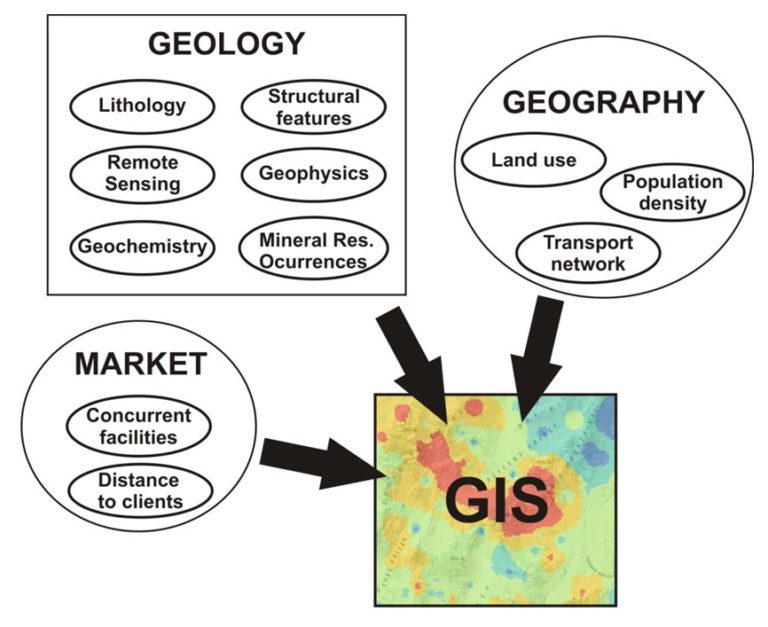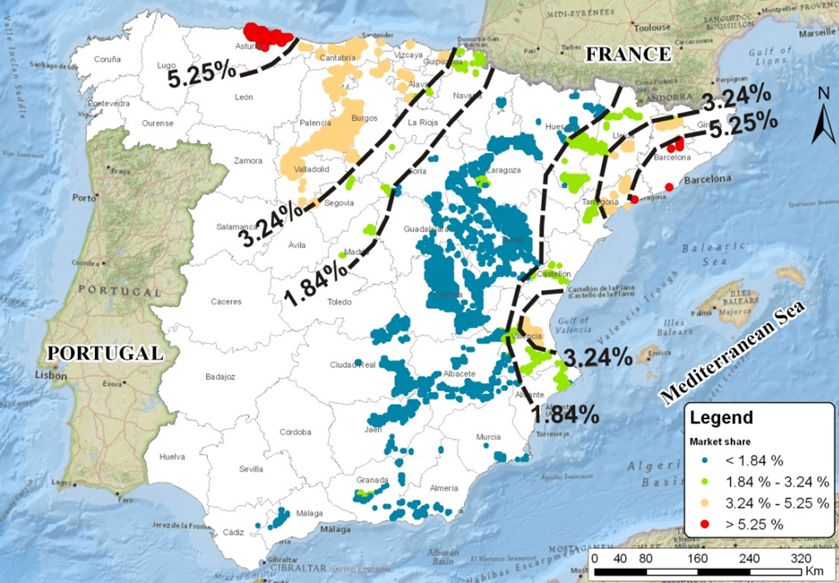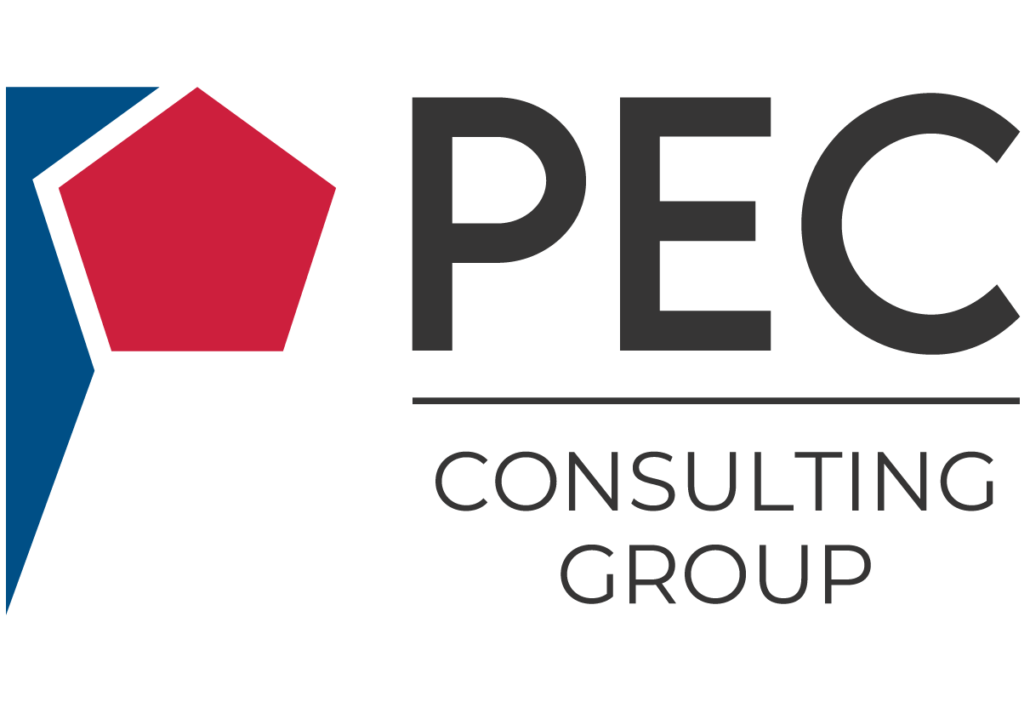Mineral Exploration: Prospectivity
By José I. Escavy
The first step in exploring for any mineral resource is to determine the area where the exploration will take place. The selection of the best area will increase the probability of finding a deposit. Mineral prospectivity is a predictive tool used in choosing the location for the exploration efforts. Mineral prospectivity is broadly used in the early stages of the exploration of metallic ores and industrial minerals and rocks (magnesite, fluorite, clay, graphite, etc.). It minimizes the technical and financial risks associated with decision making in mineral exploration. Depending on the quantity and quality of information available, there are two predictive modeling approaches that can be applied:
-
- A data-driven (quantitative) study if the quantity and quality of information is high.
- A knowledge-driven modeling (qualitative) if the information is scarce or unreliable, which focuses in the geological processes generating the desired ore type in a qualitative manner.
Geographical information systems (GIS) provide the framework to integrate the relevant exploration parameters for the targeted mineralization occurrence, such as geology, geochemistry, geophysics, land use, etc. (see Figure 1), processed by spatial data analysis techniques (weights of evidence, logistic regression, fuzzy logic, location–allocation, etc.). The results obtained from the prospectivity study are usually presented as a predictive map where, over a usually broad area (country, region, etc), the areas with a higher occurrence probability for a certain mineral are highlighted. These maps are used by the exploration team to define the areas to look in detail.
Figure 1. Geographical Information Systems

For those mineral resources that are abundant, broadly distributed, and with a low unitary price (high place-value mineral commodities) like aggregates, limestone, gypsum, etc., transport costs (proportional to distance) are a key factor to be taken into account and therefore market parameters should be integrated in the GIS together with the rest of relevant information. By integrating the location of consumption points (demand), location of concurrent facilities (existing offer), and transport networks (roads, railway lines, etc.), prospectivity studies will determine the most favorable areas in term of market-capture (see Figure 2), prioritizing the areas to be investigated depending not only on the geological availability but also on market parameters. This technique can be applied for all those mineral resources where the transport costs have a high impact in the final price of the product like building materials, gypsum, frac sand, etc.
Figure 2. Favorable Areas of Market Capture

A prospectivity study is an inexpensive and powerful tool that efficiently allocates the exploration resources, increasing the probability of findings, reducing the inherent risks associated to mineral resources exploration, or finding the best place, in terms of market, to locate a new mining facility.
About the Author(s)
Jose I. Escavy, PhD
Dr. José Ignacio Escavy has over 20 years of experience in mining of industrial minerals. He has hands-on experience in exploration, investigation, deposits modeling, reserves calculation, mine planning, reclamation, and closure of quarries. He has served as Manager of the Quality and Environmental Department and Quarries Manager of large cement production facilities. Dr. Escavy has been a presenter at many international conferences and publisher of scientific and technical publications on evaluation and design of mining deposits. He is fluent in Spanish, English, and French. His credentials include a Degree in Geology from the University of Madrid, Spain (5-year program); M. Sc. in Minerals Resources from the University of Cardiff, U.K.; Ph.D. in Industrial Minerals from the University of Madrid, Spain; and, Geological Research Accreditation, University of Madrid, Spain.
PEC Consulting Group LLC | PENTA Engineering Corporation | St. Louis, Missouri, USA
How can we help you? Get in touch with our team of experts.
